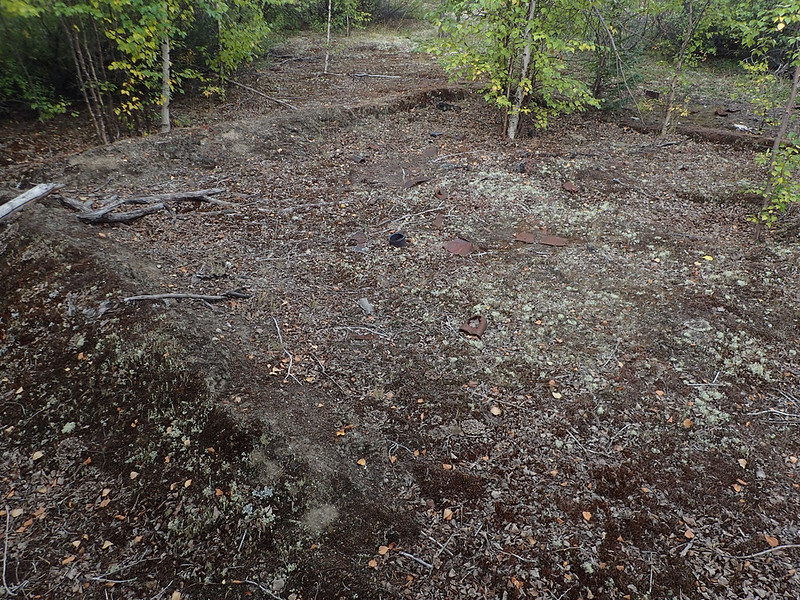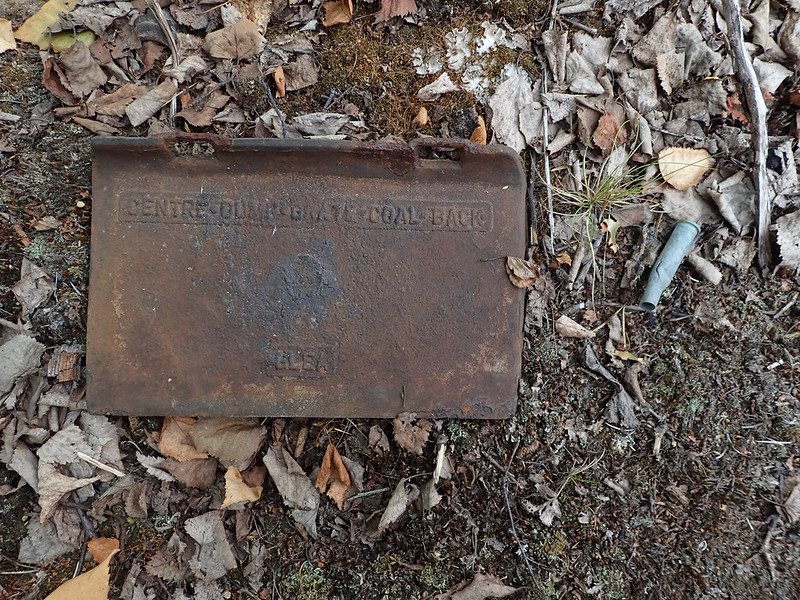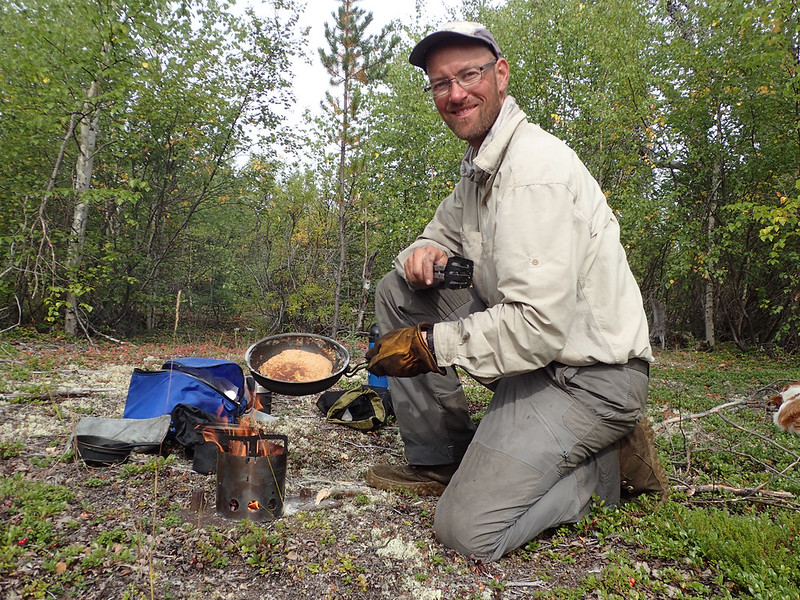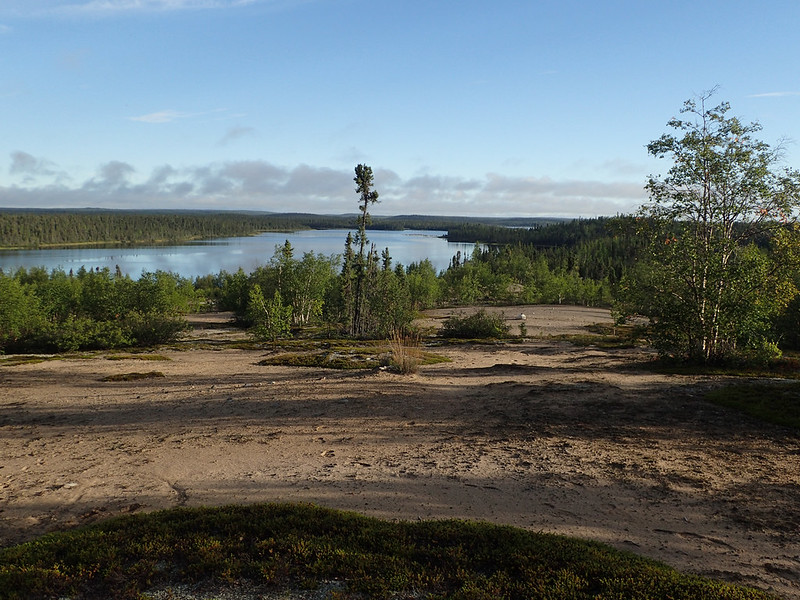Haven't been thinking much about canoeing the past few months but rummaging through boxes the other night came across two I hadn't read yet, both by Capt. Thierry Mallet who once worked for the Revillon Freres trading company.
Plain Tales of the North and
Glimpses of the Barren Lands. They're short books of short stories about his experiences in the north from just before and after WWI. I thought
Glimpses of the Barren Lands was the better of the two books. The stories were a little longer and had more substance to them. Fascinating glimpse back in time with some incredible and also heartbreaking stories. Both books are worth searching out on the used market.
One thing I didn't like was his reluctance to use peoples full names or to always name the places he's writing about. But it also makes it a bit of a detective game as well. My favorite story of putting clues together was his story about spending the winter in a small remote cabin to trade with the natives. He described traveling 28 days by dogsled from the end of the rail line and then traveling another nearly 2 weeks north of that to his cabin situated along a river a little south of the tree line. He described the location of his cabin on a hill near the river just as it curved east and plunged down a wild set of falls. The cabin was at the head of a 2 mile portage around the falls. Everything he described made me think it was likely at Kasmere Falls, which I know had a Revillon Freres trading post at that time. He ends up meeting Kasmere himself that winter and travels multiple times to their encampment to trade. He describes this encampment as well and I'm nearly positive it's the large site where Kasmere Lake empties into Graves Lake on the Thlewiaza River.
Both of those places I came across pretty much by accident last year when canoeing through the area. It was a joy to hear him describe his small 10x15 cabin and as he did I could remember seeing two depressions in the ground from old cabins with the logs that made up the side walls rotted away to nearly nothing. He talks about the cold and how he had his small wood stove glowing red nearly all winter and I can remember seeing pieces of an old stove inside the cabin site. Not only that but when I stopped to cook bannock at that spot for lunch I used a piece of that stove as a base for my twig burner so I wouldn't burn the ground.
The site of the indian encampment I had came across by accident as well at the end of a long day. As I read his story I had a huge smile on my face as everything he described about its appearance fit perfectly with my recollections. Never have I felt such a connection with history.
Kind of hard to see but this is one of the old cabins. The rotting log walls are nothing more than berms surrounding the depression:
20160827_354 by
Alan, on Flickr
A piece of an old stove. Was it the same one Capt. Mallet used?
20160827_355 by
Alan, on Flickr
Me cooking bannock and making use of that stove 100 years later:
20160827_352 by
Alan, on Flickr
A look over the old indian encampment from the hill behind it:
20160815_248 by
Alan, on Flickr
For the last week I've been daydreaming of the north again.
Alan





